- Enid Bland Yandell
 Within the field of American sculpture, barriers have historically inhibited women’s participation and achievement. The very act of shaping durable substance into aesthetic form is a physically demanding practice—one that …
Within the field of American sculpture, barriers have historically inhibited women’s participation and achievement. The very act of shaping durable substance into aesthetic form is a physically demanding practice—one that … - Anna Catherine Wiley
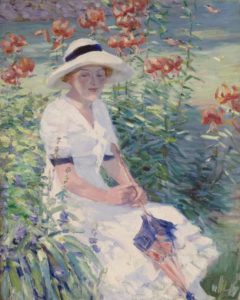 The daughter of a prosperous coal baron, Catherine Wiley enrolled at the University of Tennessee in 1895, just four years after women became eligible for admission. After two years studying …
The daughter of a prosperous coal baron, Catherine Wiley enrolled at the University of Tennessee in 1895, just four years after women became eligible for admission. After two years studying … - Helen Maria Turner
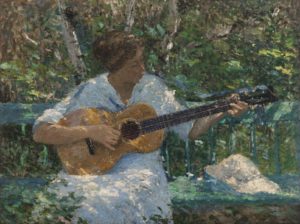 An artist who did not receive professional recognition until her fifties, Helen Turner overcame personal setbacks to become the fourth female and first Louisianan to achieve the rank of full …
An artist who did not receive professional recognition until her fifties, Helen Turner overcame personal setbacks to become the fourth female and first Louisianan to achieve the rank of full … - Alma Woodsey Thomas
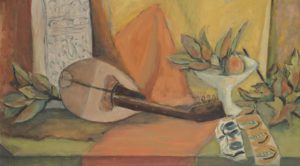 The first African American woman artist to receive a solo exhibition at a major national arts institution—the Whitney Museum of American Art—Alma Thomas only began to seriously paint after she …
The first African American woman artist to receive a solo exhibition at a major national arts institution—the Whitney Museum of American Art—Alma Thomas only began to seriously paint after she … - Gladys Nelson Smith
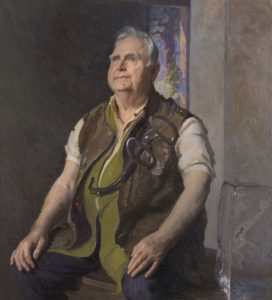 Little about Gladys Nelson’s childhood on a Kansas farm foreshadowed her eventual professional success in the sophisticated art circles of greater Washington, DC. Following studies at the Art Institute of …
Little about Gladys Nelson’s childhood on a Kansas farm foreshadowed her eventual professional success in the sophisticated art circles of greater Washington, DC. Following studies at the Art Institute of … - Dixie Seldon
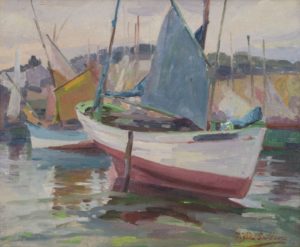 For most of her professional career, Dixie Selden divided her year seasonally: winters painting formal portraits in Cincinnati, summers executing impressionistic outdoor scenes. This duality mirrors her art training. Her …
For most of her professional career, Dixie Selden divided her year seasonally: winters painting formal portraits in Cincinnati, summers executing impressionistic outdoor scenes. This duality mirrors her art training. Her … - Augusta Christine Fells Savage
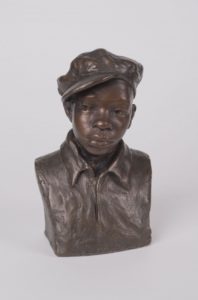 A leading figure in the Harlem Renaissance, Augusta Savage’s legacy is as inextricably tied to her role as an instructor and mentor to important African American artists of the postwar …
A leading figure in the Harlem Renaissance, Augusta Savage’s legacy is as inextricably tied to her role as an instructor and mentor to important African American artists of the postwar … - Hattie Saussy
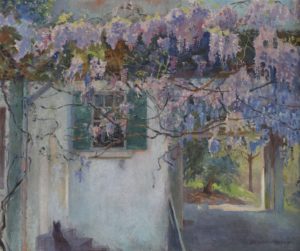 “It’s a very personal thing when you’re painting,” Hattie Saussy once observed. “When you’re an artist you have to get very silent with what you’re doing. . . . If …
“It’s a very personal thing when you’re painting,” Hattie Saussy once observed. “When you’re an artist you have to get very silent with what you’re doing. . . . If … - Theresa Pollak
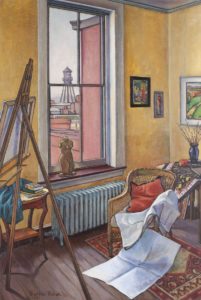 A stalwart advocate of the arts in Richmond, Virginia, Theresa Pollak was as celebrated as a painter as she was as an educator. Born there to Hungarian immigrants, Pollak’s life …
A stalwart advocate of the arts in Richmond, Virginia, Theresa Pollak was as celebrated as a painter as she was as an educator. Born there to Hungarian immigrants, Pollak’s life … - Willie Betty Newman
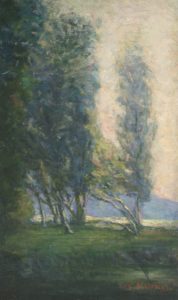 During a decade spent in France, Willie Betty Newman attended the Académie Julian, traveled the rural regions seeking inspiration, and successfully submitted paintings to the prestigious Paris Salon. With its …
During a decade spent in France, Willie Betty Newman attended the Académie Julian, traveled the rural regions seeking inspiration, and successfully submitted paintings to the prestigious Paris Salon. With its …
from Wofford College
